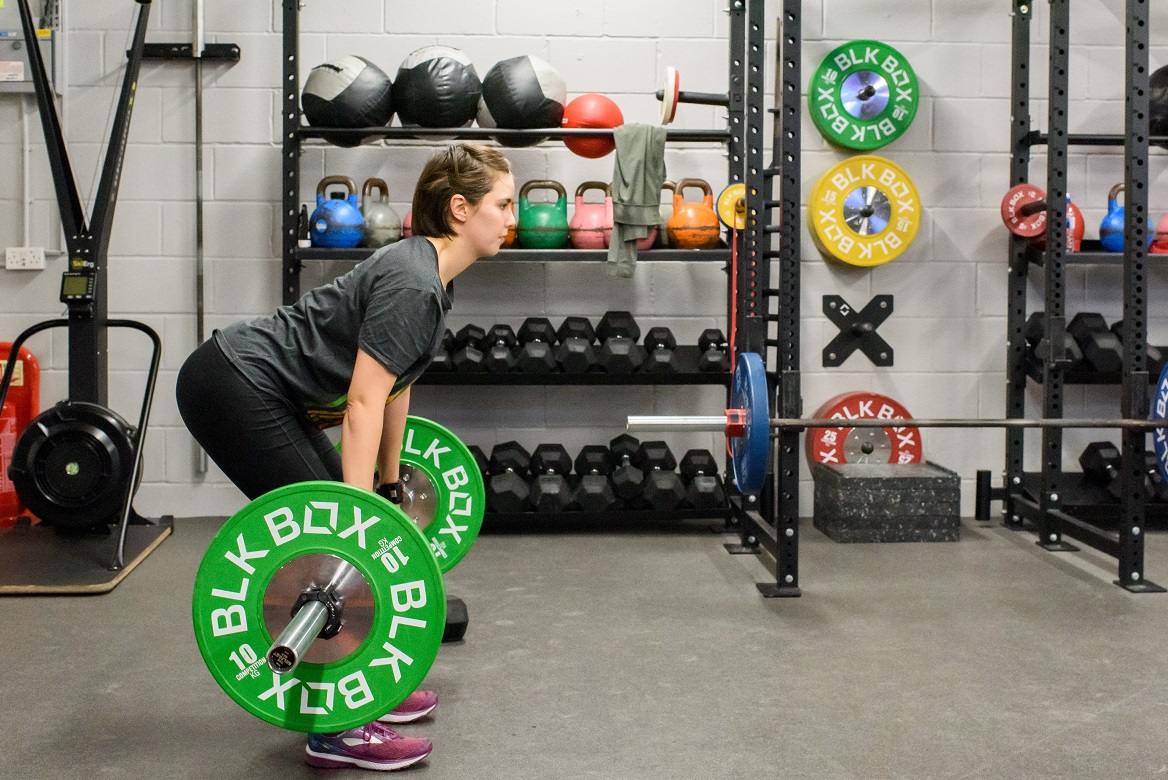
Categories
Hip Hinge Your Way to a Longer Life
Being able to correctly perform a hip hinge requires strength, body awareness and mobility. This exercise has huge carry-over to several exercises you will perform in the gym, in sport/activity and in daily life.
At W10 we are big advocates of training the body how it is supposed to move. One of the key movement patterns in our training programmes is the hip hinge.
The muscles involved in the hip hinge are hugely important. They are the ones responsible for keeping you upright, propelling you forwards (walking, running) and propelling you upwards (jumping, climbing stairs). These muscles are most likely to deteriorate quickest as we age, usually, because we spend so much time sat down these days. As a result, it becomes even more important to keep strengthening the hip hinge, so you retain the ability to move and stay active as you age.
The hip hinge
Lets put it in simple terms. The hip hinge is where we bend at the waist with minimal knee bend and the hips moving backwards.
Any hip hinge movement pattern is going to primarily target the posterior chain muscles. The hamstrings (back of your legs), glutes (your rear) and erector spinae (lower back) – which are key for developing health, strength and power.
The benefits of the hip hinge
Being able to correctly perform a hip hinge requires strength, core stability, body awareness, and mobility. This is what makes the hip hinge such a good movement pattern to include in your training programme. At W10 we make sure our members are coached to perform each exercise safely and correctly.
From a health point, these muscles are often underused due to the modern lifestyle of sitting down too much and general inactivity.
People like to train what they see in the mirror, not what’s behind. Unless you’re trying to build a social media following where you find every angle possible of your glutes to post whilst in the gym…this is one of the reasons we don’t have mirrors in our gym. Another reason is that we want our members to feel how the exercise is done rather than worrying or being distracted by what they look like in the mirror.
Strengthening these posterior muscles can help you to improve structural balance resulting in better posture and may aid in reducing low back pain. A great hip hinge exercise is a Romanian deadlift.
Hip Hinge Exercises
Barbell Romanian Deadlift (RDL)
Key movement tips
• Whole foot always in contact with the floor
• Stance hip width
• Maintain a neutral spine/tall posture
• Keep the bar close – slide it down the thighs
• Hips travel back – feel the stretch in the back of the legs
• Unlocked knees (very slight bend) – knees shouldn’t travel forward
• Finish tall, not leaning through the low back – hips into the bar, squeeze your glutes
If you are new to training, you can practice this movement with a dowel or broomstick. Assuming that you are unsure that you’re getting it right, try recording yourself or get some help from a professional coach.
Once you have mastered this movement you may include other hip hinge patterns into your programme.
Here are two variations you could add:
Kettlebell Split Stance Romanian Deadlift
Key movement tips
• Front foot whole foot always in contact with the floor
• Rearfoot in line with the heel of the front foot with the heel off the floor
• Stance hip width
• Maintain a neutral spine / Tall posture
• Hips travel back – Feel the stretch in the back of the front leg
• Unlocked knees (very slight bend) – Knees shouldn’t travel forward
• Finish tall, not leaning through the low back
Single-Leg Romanian Deadlift
Key movement tips
• Front foot -whole foot always in contact with the floor
• Maintain a neutral spine
• Don’t let the hips rotate
• Hips travel back – Feel the stretch in the back of the legs
• Unlocked knee (very slight bend) – the knee shouldn’t travel forward
• You may use something stable to hold on to
• This can be performed with a dumbbell, kettlebell or bodyweight.
So, next time you are in the gym, working on the muscles or movements you like, make sure you spend a bit of time on the hip hinge movements detailed above.
Not only will the hip hinge improve your performance. No matter what your goal is – getting stronger/fitter, losing fat, sports performance or winning at life – hip hinge exercises will also help you live a longer and a more active life.
If you have any questions on the above or would like some advice on how we could help you with your fitness goal, don’t hesitate, visit our gym and try one of our small group training sessions.
Related Articles
- Hip Hinge Techniques
- Spinal Mobility Exercises
- Core Exercise for Lower Back Pain
- Kettlebell Exercises & Workout
- Pallof Press: Benefits, Exercise & Variations


